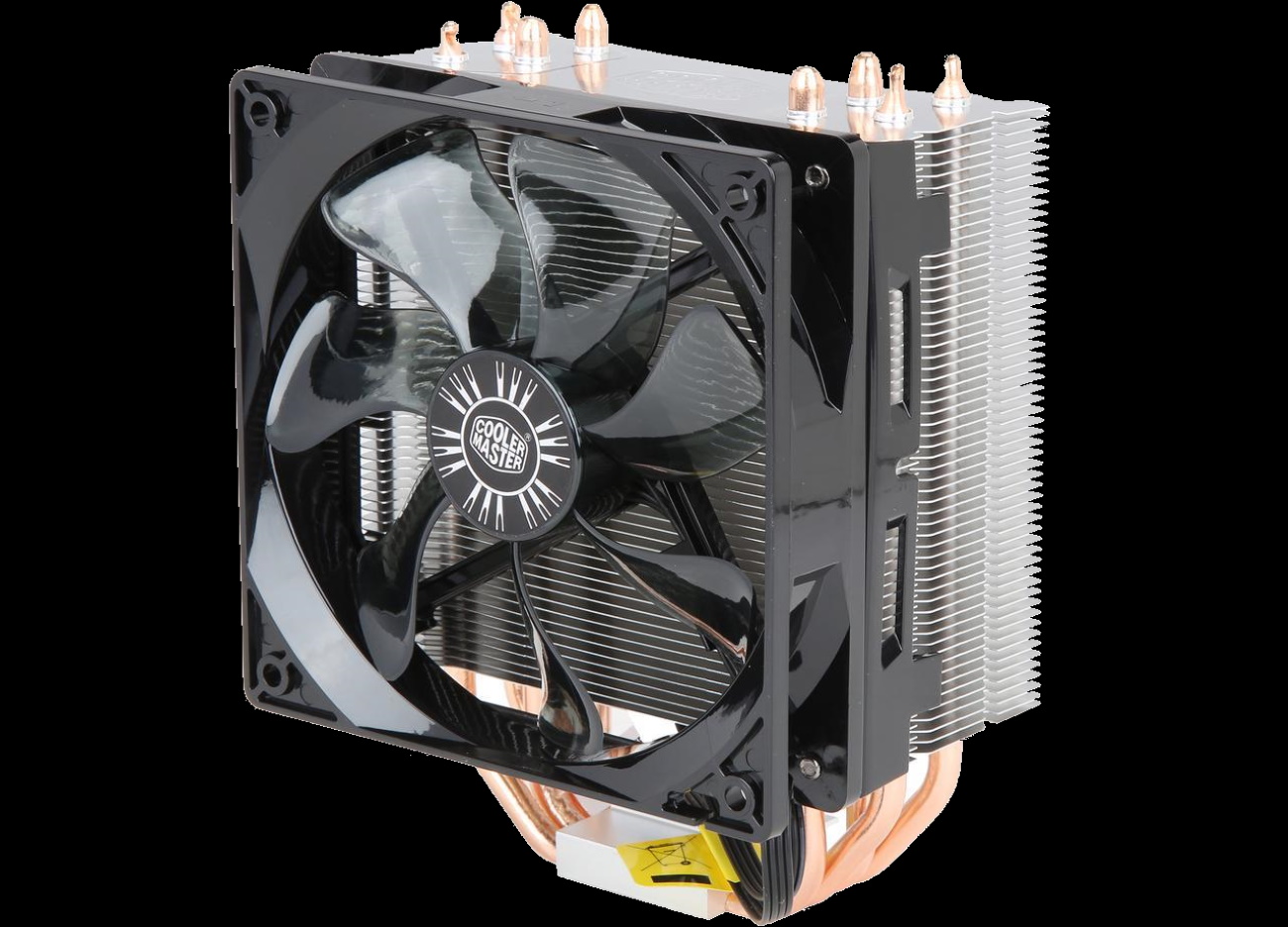

- COOLER MASTER HYPER 212 EVO INSTALL ON PHOENIX WINDOWS 10
- COOLER MASTER HYPER 212 EVO INSTALL ON PHOENIX PC
Once that’s done, it’s time to perform a couple preparatory steps before inserting the built-out motherboard in the PC case. Slip the rear case fan’s wire through the minuscule cut-out in the upper-left corner of the case before installing the motherboard. (The cooler already has thermal paste preinstalled.) Don’t tighten one bolt all the way, then move onto the next instead, give each bolt a turn or two and move on, slowly but surely setting the cooler into place with even pressure from all corners. Once all that’s in place, it’s time to install the Wraith Stealth cooler by simply tightening the bolts into place on the motherboard. Indeed, I’d recommend that most people opt for the Tesseract, unless you have the extra cash and deeply dig the unique “gamer-y” look of Corsair’s case.īuild out your motherboard before installing it in your PC. Swapping out the Corsair Spec-Alpha for the $38 Deepcool Tesseract saves you $42 instantaneously. The most obvious answer is the part I’ve already mentioned: the case. What could you change in this build to bring costs down? So let’s pretend you’re on a really tight budget and need to save every penny possible. Alternatives: Build a cheap gaming PC for under $500 If you don’t, the overall cost will obviously go up, though you can purchase basic keyboards and mice for next to nothing on Amazon. This assumes you have a monitor, keyboard, and mouse you can reuse from another PC, which is typical for build guides like this. But on the other hand, price fluctuations mean prices could go down when you’re ready to buy, too.

Grand total: Add it all up and you’re looking at a grand total of $552 for this system at the time we obtained the hardware, though the post-purchase price inflation brings that total up to $604 in today’s street prices.
COOLER MASTER HYPER 212 EVO INSTALL ON PHOENIX WINDOWS 10
Windows 10: A Windows 10 Home OEM key for $26 on Kinguin, which is sort of like an eBay for software. I recently helped a buddy build an affordable PC using the Deepcool Tesseract ($38 on Newegg) and it checks every box. Just make sure the case you pick can accommodate your motherboard and includes both front and rear fans for optimal airflow. Definitely grab the Spec-Alpha if you can afford it, but if you need to cut costs, here’s a great place to do it. It makes a lot more sense to spend a whole lot less on a case in a $550 build. The fact is, I just didn’t have time to buy a new case for this build, as I crammed this project in during a weekend, between several trips and all sorts of hardware launches. That’s a hell of a lot of money to spend on a case in a budget build like this, even though the Spec-Alpha includes niceties like native USB 3.1 front-panel connections and RGB-laden fans galore. Not that Corsair’s Spec-Alpha case sucks or anything it’s actually a very compelling sub-$100 case that I’ve used for several builds. Using a mechanical hard drive makes sense in a cheap gaming PC, but it still hurts.Ĭase: Here is my one regret in this build. Many modern games are starting to require 6GB to 8GB of system memory, and cutting corners down to 4GB is an especially bad idea if you’re using slower storage. (Dropping to DDR4 2400 can slash $20 off the price, though.) You definitely need 8GB of RAM in a gaming rig. Faster RAM often means better gaming performance, so I recommend DDR4 3000 as your baseline. Recent firmware updates have fixed the platform’s early memory compatibility headaches, but Ryzen chips are still very sensitive to RAM speeds. Those predictions of surging memory prices weren’t wrong.ĭon’t skimp on RAM though. A quick glance at Newegg shows that all 8GB dual-channel kits at 3000 speeds are selling for similar prices, though. When we priced out the parts for this article, the 2x4GB kit of Corsair Vengeance LPX DDR4 RAM we’re using cost $65. Memory: Here we’ve been bitten by pricing fluctuations yet again. The meager 2GB of onboard VRAM means you’ll likely need to turn down the texture settings in some AAA games, but don’t be fooled: This card still has game. That puts it on par with, or slightly better than, an Xbox One, for comparison, though some especially strenuous games might require you to tinker with settings for the best results.

Remember what I said about pricing fluctuations for PC hardware? Anyhoo, the GTX 1050 is the best budget graphics card you can buy, hitting the hallowed 60 frames-per-second mark in most games at Medium graphics settings, or 30fps at High. Now it sells for $115 after a $10 rebate. When we priced out the build, the 2GB MSI GTX 1050 cost $100. Now the good news: That doesn’t apply to the entry-level graphics card we’re using in this build! Well, kinda. It’s impossible to find most graphics cards at anywhere near MSRP. Graphics card: First the bad news: Cryptocurrency mining has sent graphics card prices skyrocketing.


 0 kommentar(er)
0 kommentar(er)
